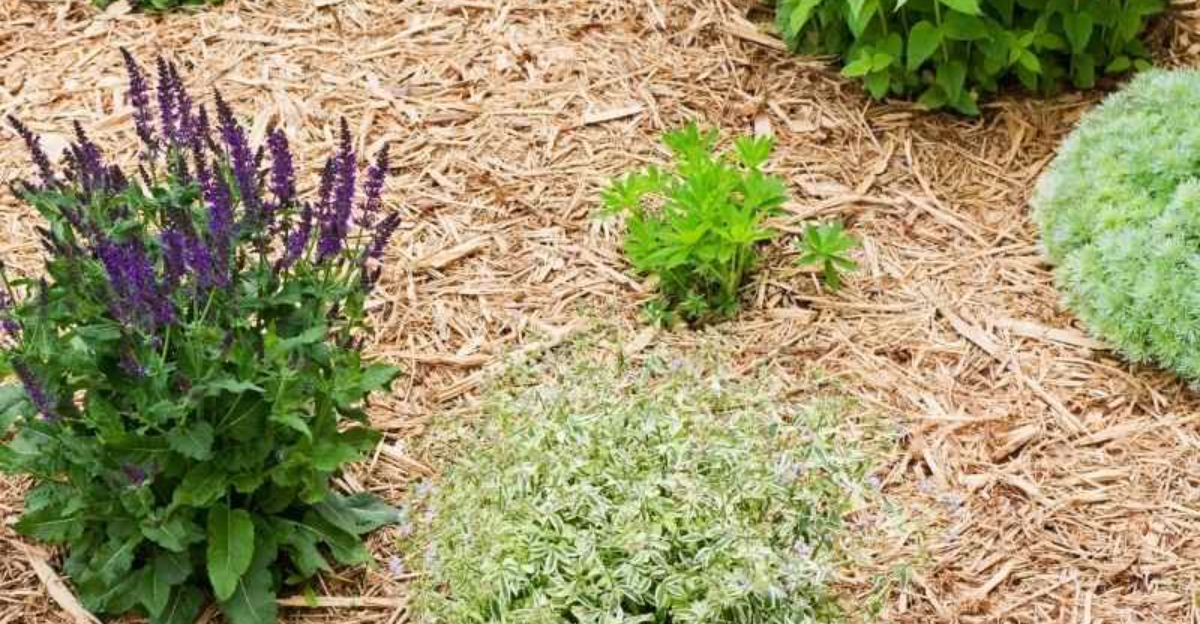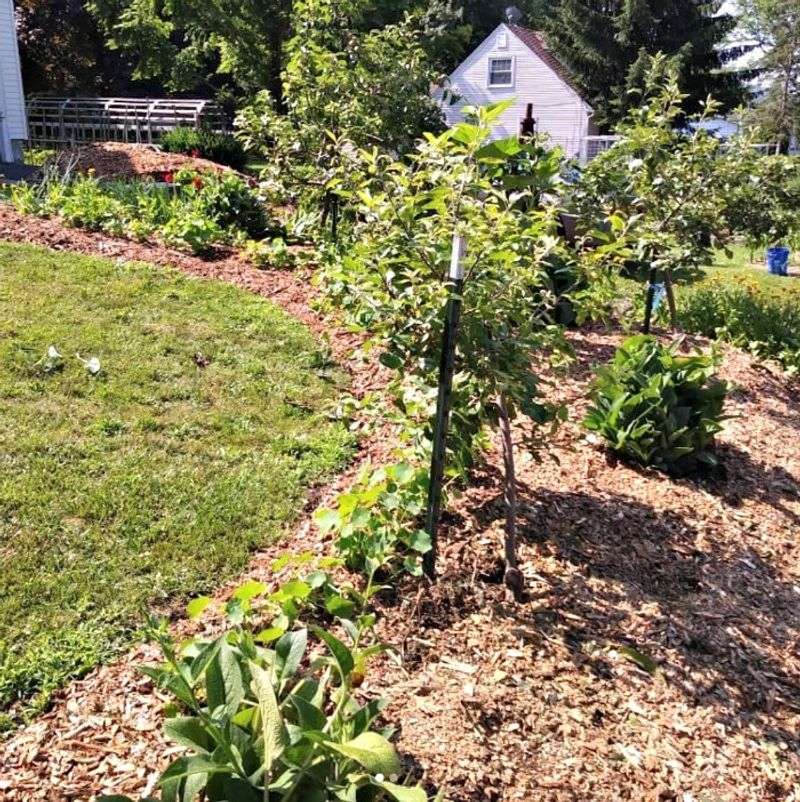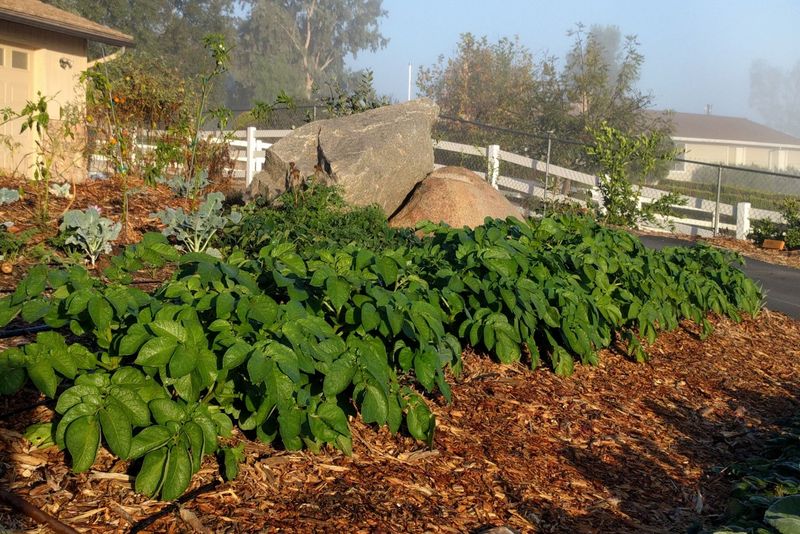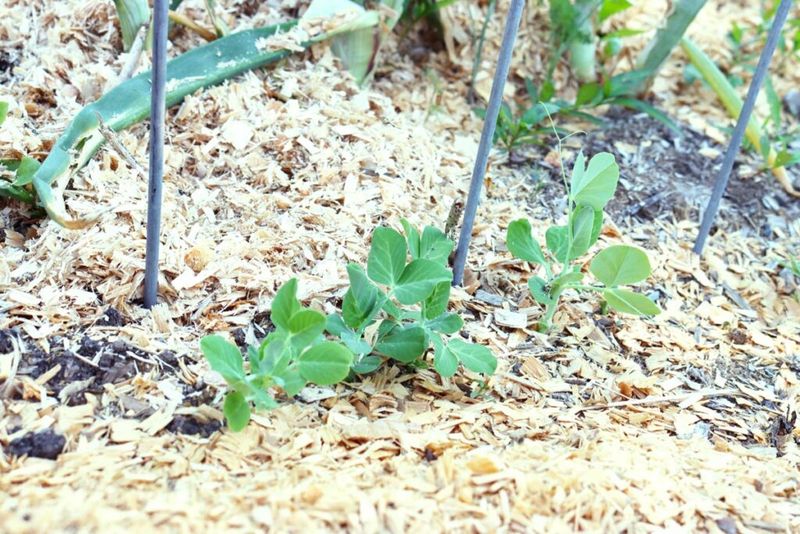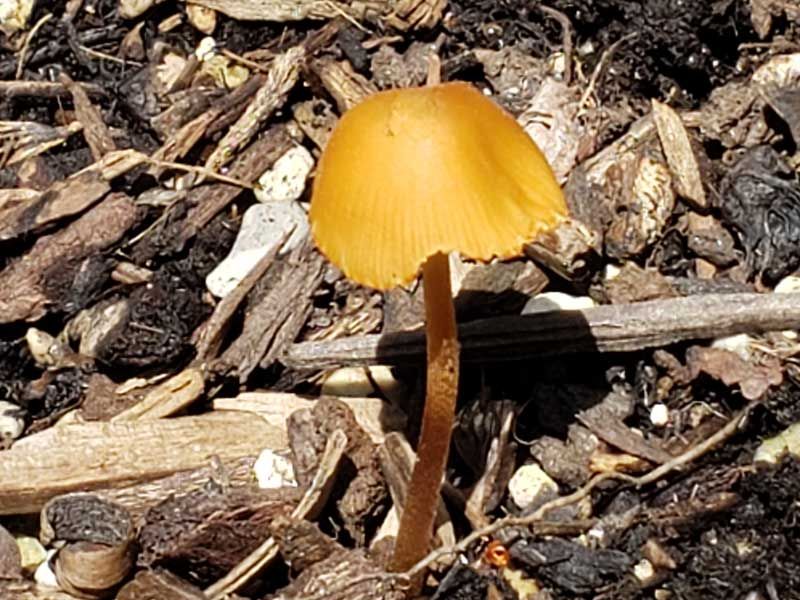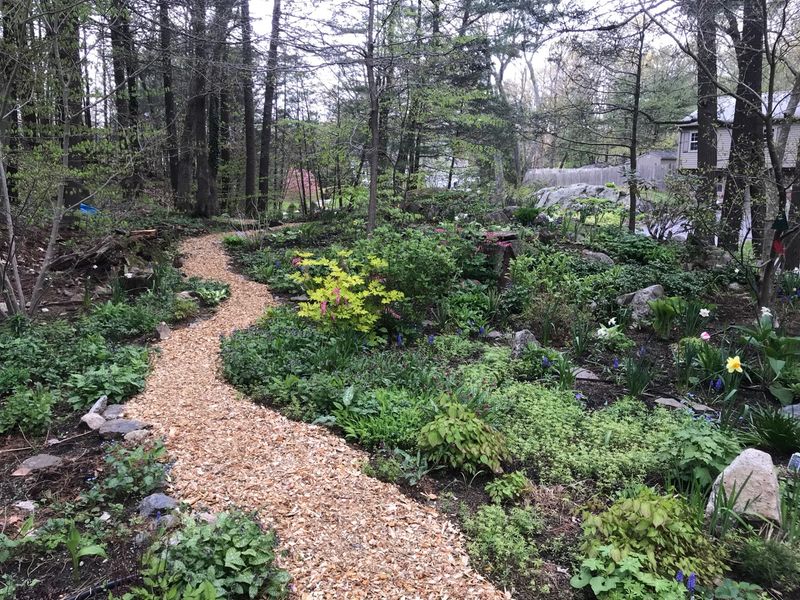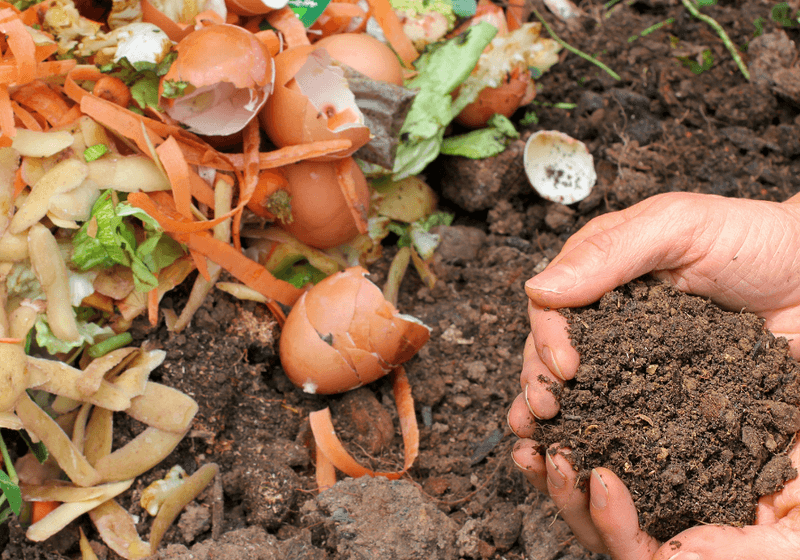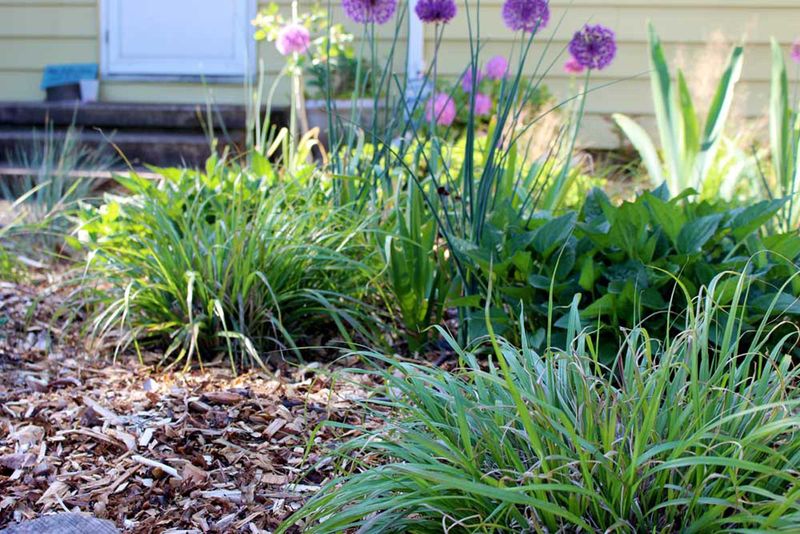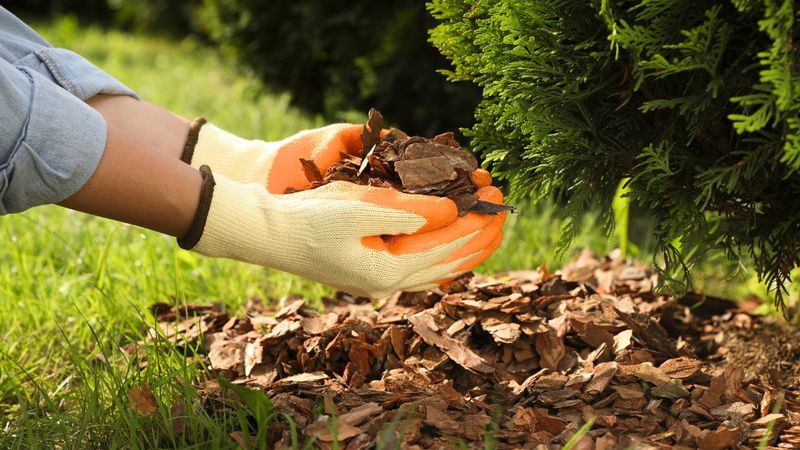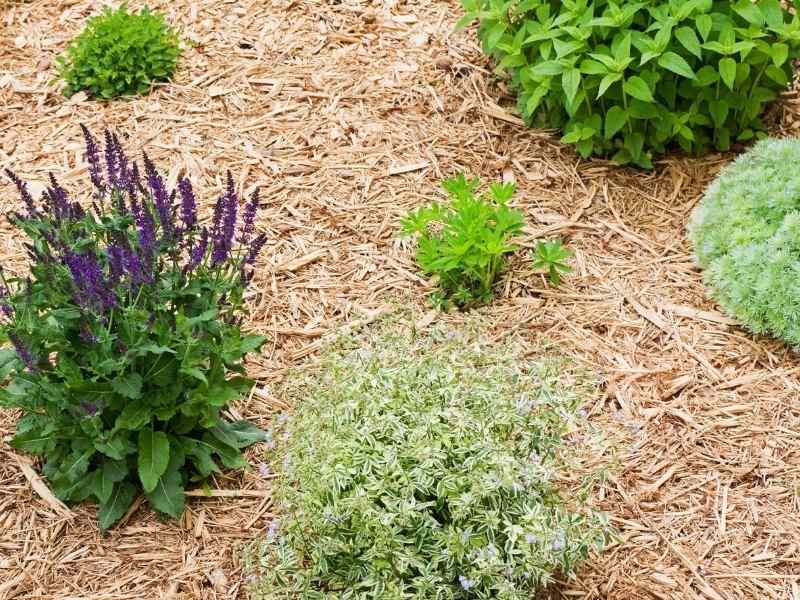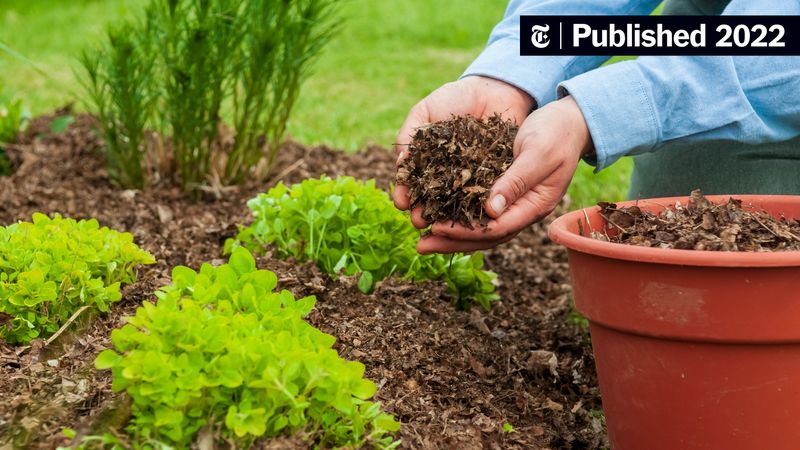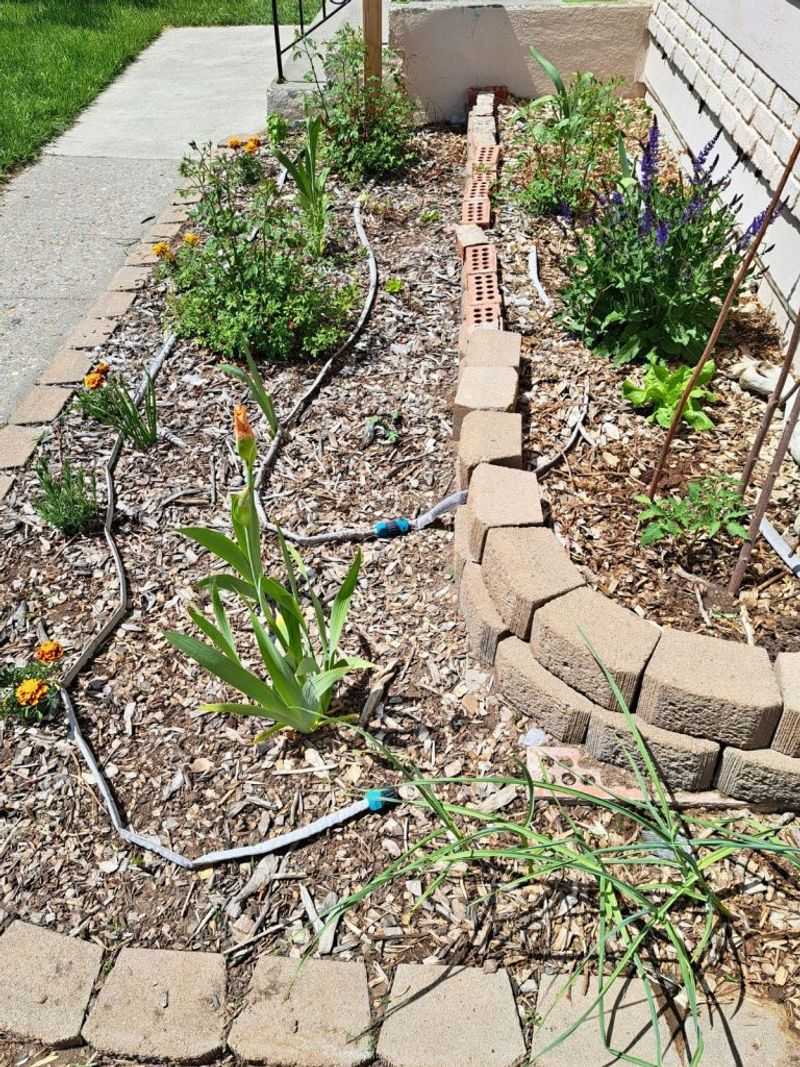Woodchips are a versatile and valuable resource in a food forest garden. They can help improve soil health, manage moisture levels, and even support plant growth.
In this blog post, we’ll explore 11 smart ways to harness the power of woodchips in your gardening endeavors.
From enhancing pathways to enriching the soil, these tips will help you get the most out of woodchips in your food forest.
1. Start with the Right Woodchips
Arborist woodchips are a gardener’s secret weapon for enriching the soil. Composed of a delightful mix of leaves, branches, and bark, these chips break down more efficiently than regular woodchips. This rich blend not only nourishes the soil but also supports microbial activity. Choose woodchips from freshly cut trees to ensure maximum nutrient content. The variety of textures and colors adds a natural charm to your garden, making it both functional and aesthetically pleasing. Consider sourcing from local tree services to maintain sustainability. Your food forest will thrive with this organic, eco-friendly option.
2. Layer Deeply
Creating a deep layer of woodchips—about 4 to 6 inches—can work wonders for your garden. This substantial coverage acts as a natural weed barrier, reducing the need for constant maintenance. It also excels at moisture retention, keeping your plants hydrated even during dry spells. Insulation is another benefit: woodchips regulate soil temperature, protecting roots from harsh weather. Plus, the visual appeal of a thick woodchip layer adds a rustic, cozy feel to your food forest. Regular top-ups may be necessary to maintain depth and continue the benefits year-round.
3. Avoid Mixing with Soil
Woodchips should remain as a top mulch layer, not mixed into the soil. Mixing can lead to nitrogen immobilization, which hinders plant growth by depleting essential nutrients. By allowing woodchips to sit atop the soil, you create a natural barrier that slowly decomposes, releasing nutrients over time. This setup fosters healthy plant development, as roots can access both nutrients and moisture efficiently. It’s a simple yet impactful practice that enhances overall garden health. Keep chips away from mixing to ensure your food forest remains vibrant and productive.
4. Let Fungi Work for You
Incorporating woodchips into your garden invites beneficial fungi to create a thriving ecosystem. The mycelium network that develops within woodchips offers a natural partnership with plants, aiding in nutrient exchange and disease resistance. This symbiotic relationship enhances plant health and resilience. Watching the white threads of mycelium spread across woodchips is like witnessing nature’s magic unfold. You don’t have to be a fungi expert to appreciate the benefits they bring. Embrace this organic approach to support your garden’s vitality and watch your food forest flourish.
5. Use in Pathways
Transform your garden paths into inviting avenues with the help of woodchips. Lining pathways with woodchips not only creates a mud-free surface but also adds to the aesthetics of your garden. The chips slowly break down, feeding the soil and improving its structure over time. Walking along a woodchip path feels like stepping on a soft, cushioned carpet, making the garden experience that much more enjoyable. Plus, it’s an eco-friendly way to recycle tree trimmings. Consider this approach for a practical and charming path solution in your food forest.
6. Compost First (Optional)
For those growing annuals, consider pre-composting woodchips before use. This process enhances nutrient availability by allowing decomposition to begin. By composting first, you reduce nitrogen competition between the chips and your plants. A steaming compost pile signals active microbial activity, breaking down chips into rich, organic matter. This method might take extra time, but the payoff is healthier, more productive plants. Position your compost pile in a sunny corner to speed up the process, ensuring your garden beds receive a nutrient boost when needed most.
7. Mulch Around, Not On Plants
When mulching with woodchips, it’s crucial to keep the chips away from plant stems and tree trunks. Contact can lead to rot and disease, weakening your plants. Instead, form a protective circle around the plant, leaving a small gap to ensure airflow and reduce moisture buildup. This approach also prevents pests from finding an easy pathway to your plants. By strategically placing woodchips, you create a healthy environment that supports growth and vitality. It’s a simple practice with significant impact, ensuring your food forest continues to thrive.
8. Reapply as Needed
Maintaining the effectiveness of woodchip mulch requires regular reapplication. Over time, woodchips break down, enriching the soil but losing their depth and coverage. By topping up once or twice a year, you ensure your garden continues to benefit from moisture retention, weed suppression, and soil enrichment. Reapplying also refreshes the garden’s appearance, keeping it looking vibrant and well-tended. Engage in this seasonal ritual to keep your food forest in top condition, supporting its health and productivity. It’s a small effort with rewarding results.
9. Use as a Slow-Release Fertilizer
Woodchips serve as an excellent slow-release fertilizer, gradually breaking down to enrich the soil. As they decompose, they add organic matter and essential nutrients to the garden, promoting healthy plant growth. This slow-release process ensures plants receive a steady supply of nutrients without the risk of over-fertilization. The gradual transformation of woodchips into rich soil matter is a testament to nature’s efficiency. Embrace this natural method to keep your food forest nourished and thriving throughout the growing season, offering a sustainable alternative to chemical fertilizers.
10. Attract Soil Life
Woodchips create a haven for beneficial soil life, attracting insects, worms, and microbes. These organisms play a vital role in maintaining a healthy garden ecosystem, breaking down organic matter and enhancing soil structure. The presence of lively soil life indicates a thriving garden, with plants benefiting from improved nutrient cycling. Imagine tiny architects working tirelessly beneath the surface, transforming your food forest into a vibrant sanctuary. By incorporating woodchips, you invite this bustling community to contribute to your garden’s success, ensuring robust growth and ecological balance.
11. Great for Perennial Beds
Perennials find a perfect companion in woodchip mulch, which provides consistent moisture retention and weed suppression. These conditions foster lush growth and reduce the need for frequent watering. The even coverage of woodchips adds an appealing texture to garden beds, enhancing the visual allure of perennials. Picture your food forest adorned with flourishing perennials, basking in the reliable shelter of woodchips. This mulch choice supports their long-term health and vitality, making it a must-have for any perennial garden. Enjoy a harmonious blend of beauty and functionality in your outdoor space.
